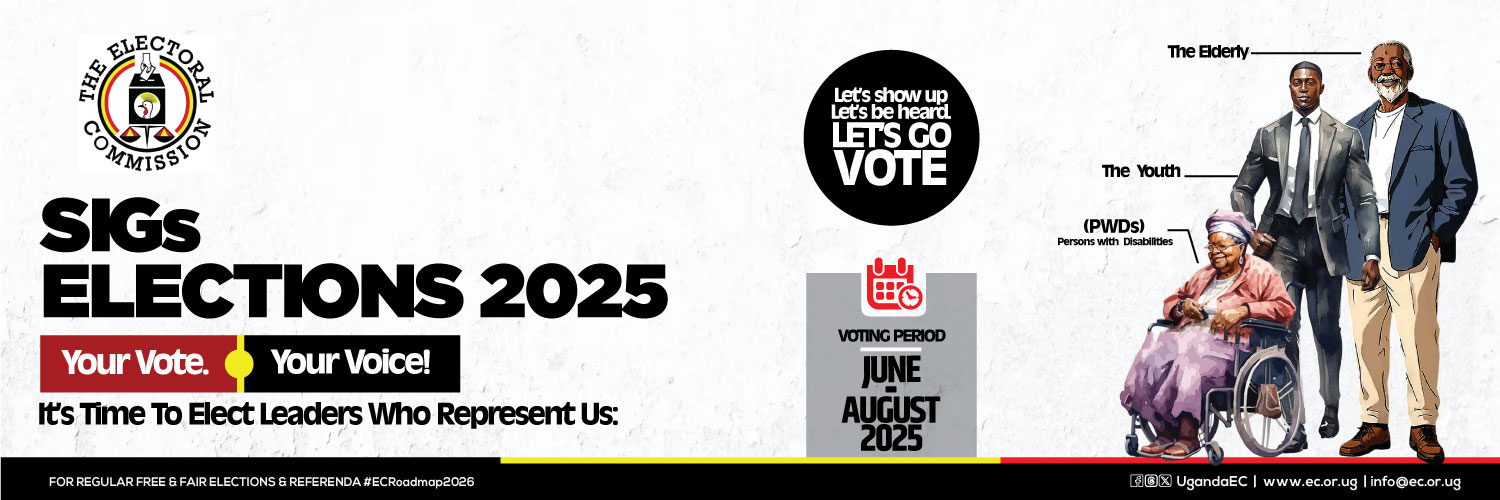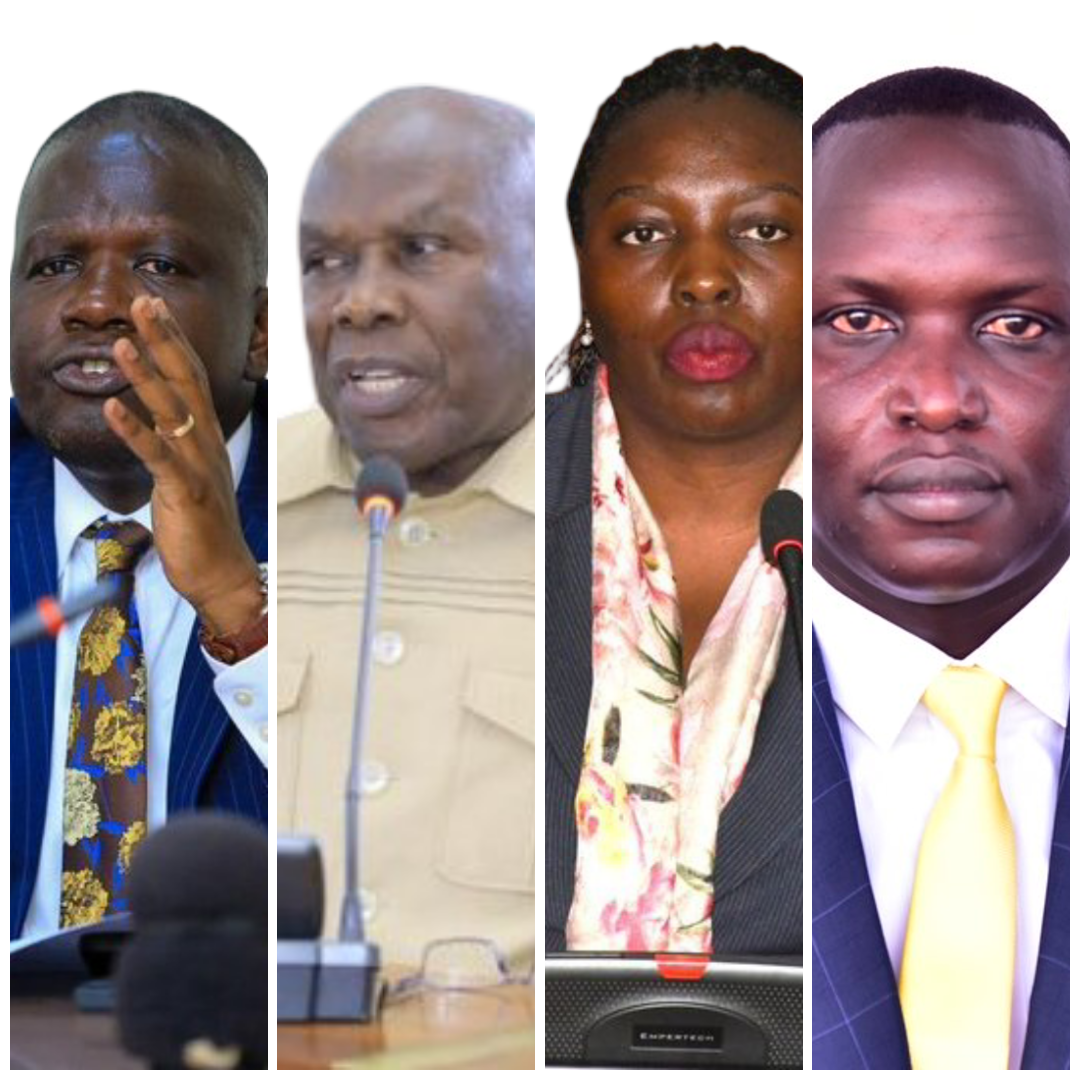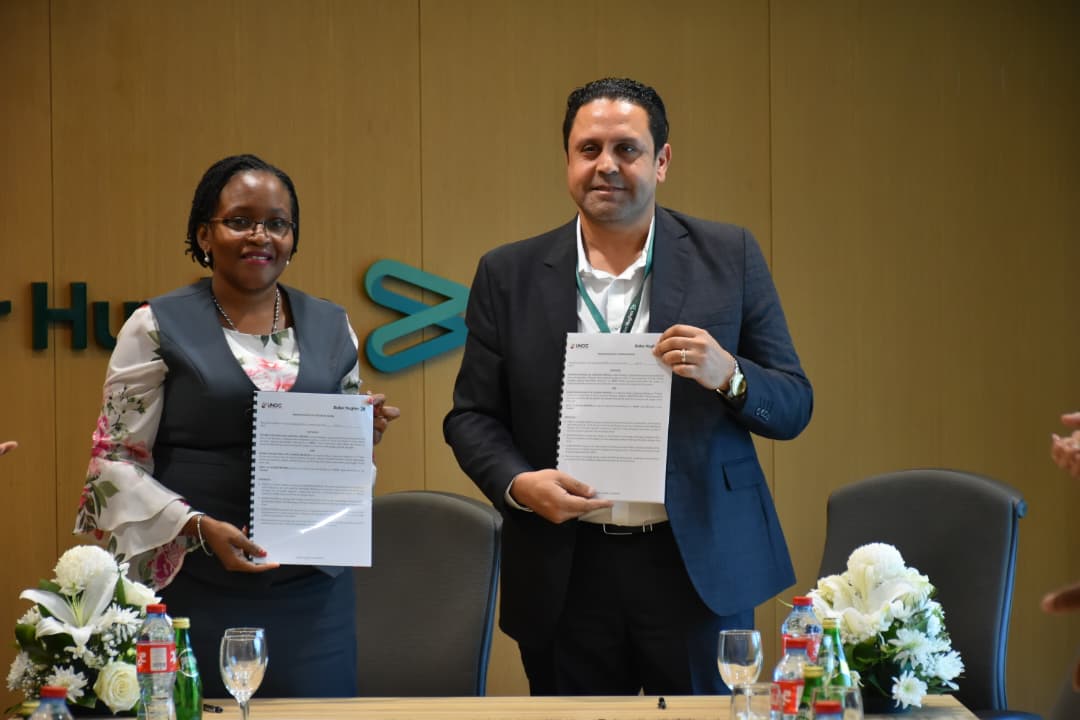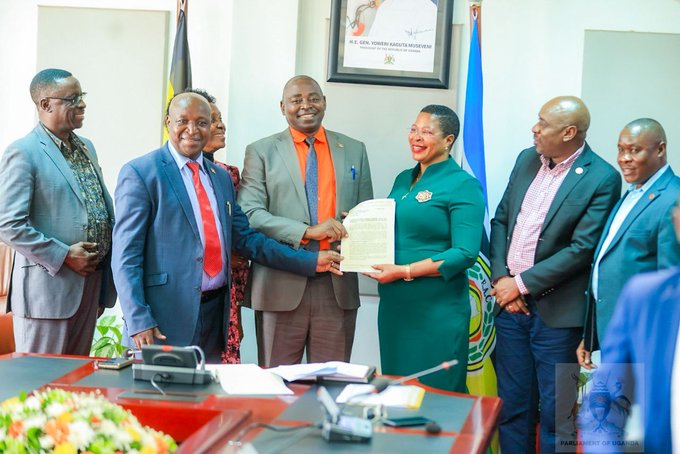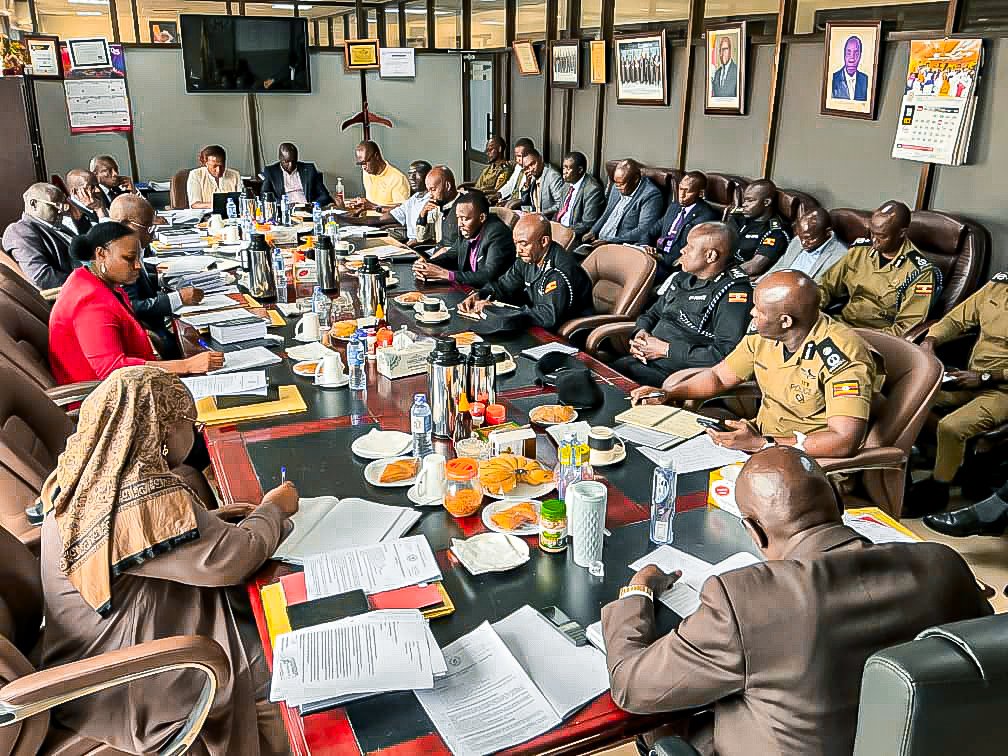Cremation in Uganda: Preserving tradition through fire and faith
The practice of cremation in Uganda dates back to the early 1900s when Indian immigrants, many brought by the British during the construction of the Uganda Railway, settled across the country.
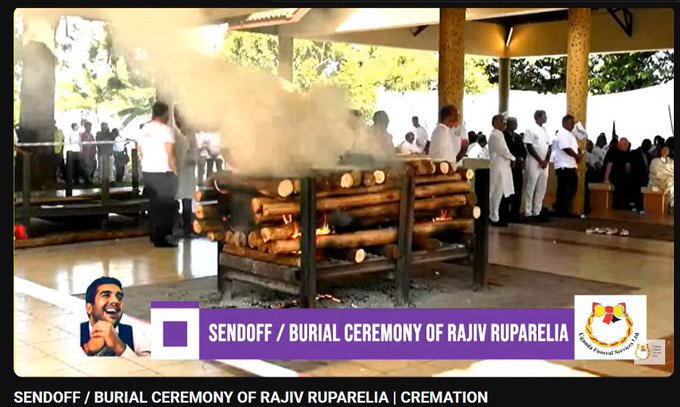
In the heart of East Africa, where the majority of funerary traditions revolve around burials, a small but significant community continues to practice a centuries-old ritual rarely seen across Uganda—cremation.
For the Indian community in Uganda, particularly those of Hindu, Jain, and Sikh faiths, cremation is not just a method of body disposal, it is a deeply spiritual and culturally mandated rite of passage.
The practice of cremation in Uganda dates back to the early 1900s when Indian immigrants, many brought by the British during the construction of the Uganda Railway, settled across the country. With them came not only their entrepreneurial spirit but also deeply rooted religious traditions, including cremation.
In Hinduism, for instance, cremation is believed to release the soul (atman) from the physical body, allowing it to progress in its spiritual journey. According to Hindu scriptures, burning the body purifies it, and the ashes are then traditionally immersed in a sacred river—a rite known as “asthi visarjan.”
While Uganda may not have the Ganges, the River Nile especially its source in Jinja—holds symbolic importance for the Indian community. Families often travel from Kampala and other towns to Jinja to immerse the ashes of their loved ones in the Nile, completing the final phase of the cremation ritual.
The Sole Crematorium in Kampala
Unlike in India where cremation grounds are widespread, in Uganda, the Indian community maintains a single functioning crematorium. Located in Kampala and operated by the Indian Association of Uganda, this facility is modest but essential. It is equipped with a traditional open-air cremation platform and, in recent years, discussions have been held about modernizing it to include electric or gas-based cremation units.
Mr. Rajiv Patel, a volunteer with the Indian Association, explains “Cremation is a religious obligation for many of us. Even though we are far from India, we must uphold our rituals. The crematorium has served generations and continues to be a vital service to our community.”
On average, the facility handles 10 to 15 cremations annually, a small figure when compared to burials among native Ugandans. These services are usually reserved for Indian nationals or Ugandans of Indian descent, most of whom still follow their ancestral religions.
Cremation vs. Burial: Cultural Perspectives
The broader Ugandan population, predominantly Christian and Muslim, generally favors traditional burials. Cremation, in many local communities, is viewed with skepticism or discomfort. Some see it as an alien practice, while others associate fire with destruction rather than sanctity.
Rev. John Mukasa, a pastor in Kampala, shared that “For many Ugandans, burial is more than a ceremony, it’s about returning to the earth, being laid beside your ancestors. Cremation feels unfamiliar and even disrespectful to some.”
Despite this, some Ugandans are beginning to discuss cremation in the context of rising urbanization, expensive funeral arrangements, and land scarcity. In cities like Kampala, graveyards are filling up, and costs related to burials are increasing. Some forward-looking voices in urban areas have suggested that cremation may be a more sustainable option in the future.


